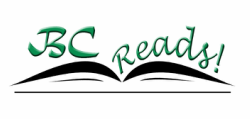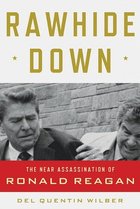
Author: Penny Le Couteur and Jay Burreson
Genre: General Non-Fiction
# of Pages: 384
Date Published: May 24, 2004
Rating: 4.5 out of 5 stars
Napoleon’s Buttons is a compilation of 17 short chapters about groups of molecules that changed the course of human history. The book is actually a really quick read despite the length, because the chapters are broken up with chemical diagrams and pictures that vividly illustrate the points the authors make. The authors’ connections between chemistry and history are actually really interesting; they come from the premise that instead of looking at things economically or socially, if you look at the chemistry and molecules that drove the African slave trade or the feminist movement, i.e., you will find an underlying chemical explanation. The book’s title comes from the anecdote that Napoleon’s Army wore buttons made from a tin compound, which is known to become brittle at low temperatures such as those found in frigid Russian winters. The authors cite the degradation of the Army’s buttons as one of the main contributing factors to the hypothermia that wiped out Napoleon’s Grand Army and stopped the expansion of the Napoleonic Empire. At points, the relatedness of science and happenstance appear to be a bit far-fetched, but nonetheless, each assertion is supported with sound historical evidence.
I think that this book is a must read for chemistry and biochemistry majors; it puts what you learn in General Chemistry, Organic Chemistry, and Biochemistry into an understandable and worldly context. The authors are constantly name-dropping some of the greatest chemists, showing that many of their discoveries were just accidents or byproducts of reactions and molecules they did not understand at the time. By putting chemistry in the context of history, not only does it become one hundred times more interesting, but it also seems more relevant to the future and to our lives.
Another aspect of the book that I think would interest a lot of people is the numerous ‘party facts’ that are listed throughout the book. For example, the residue and film that develops when you swirl a glass of wine is due to the presence of glycerol molecules in the wine itself. In the chapter on oleic acid and olive oil, the authors explain the differences between both saturated and un-, and mono- and poly-saturated fats. By explaining the health consequences of these chemical structures the authors show us the daily relevance of what we learn in chemistry classes. Because the book is so scientifically based, I think that people who have taken chemistry classes would get the most out of it. This does not mean, however, that less scientifically inclined pupils would deny the book’s entertainment value. In fact, they might find this is finally the right book to help them survive that dreaded science core requirement.
Overall, I would definitely recommend this book. The science behind history has always been an interesting subject, and there really aren’t many books that break it up and organize it as well as Napoleon’s Buttons does.
Review by Special Contributor, Chris McLaughlin, A&S '13


 RSS Feed
RSS Feed
